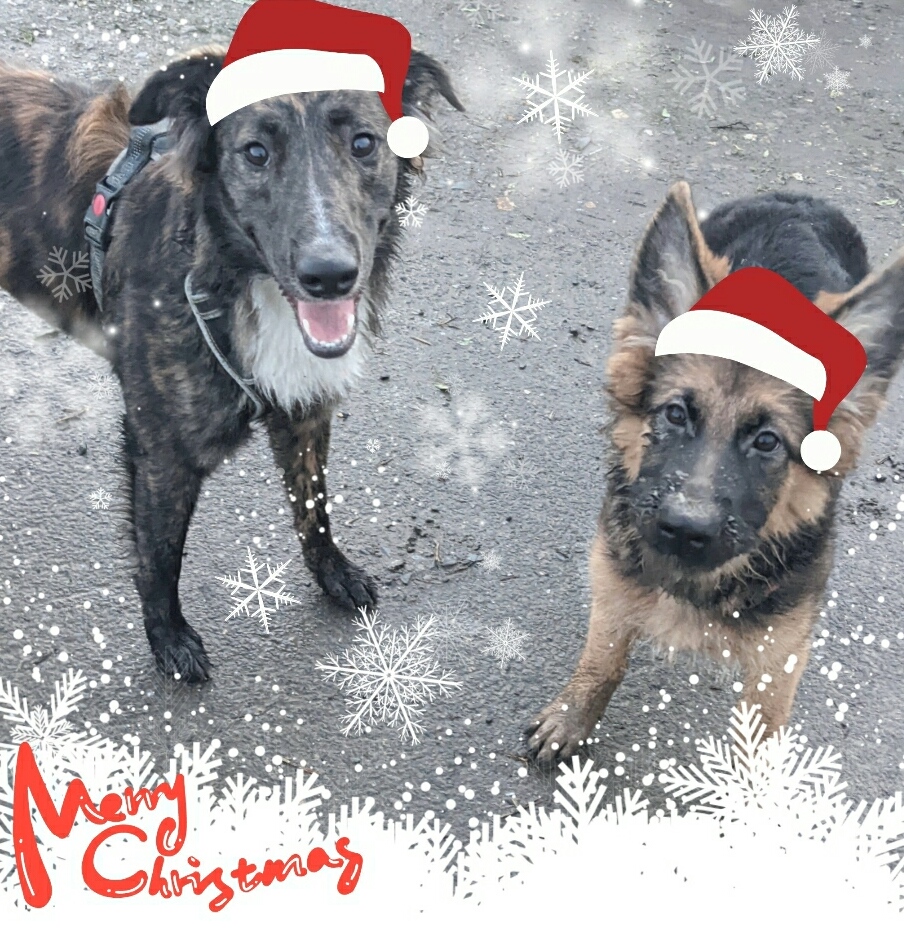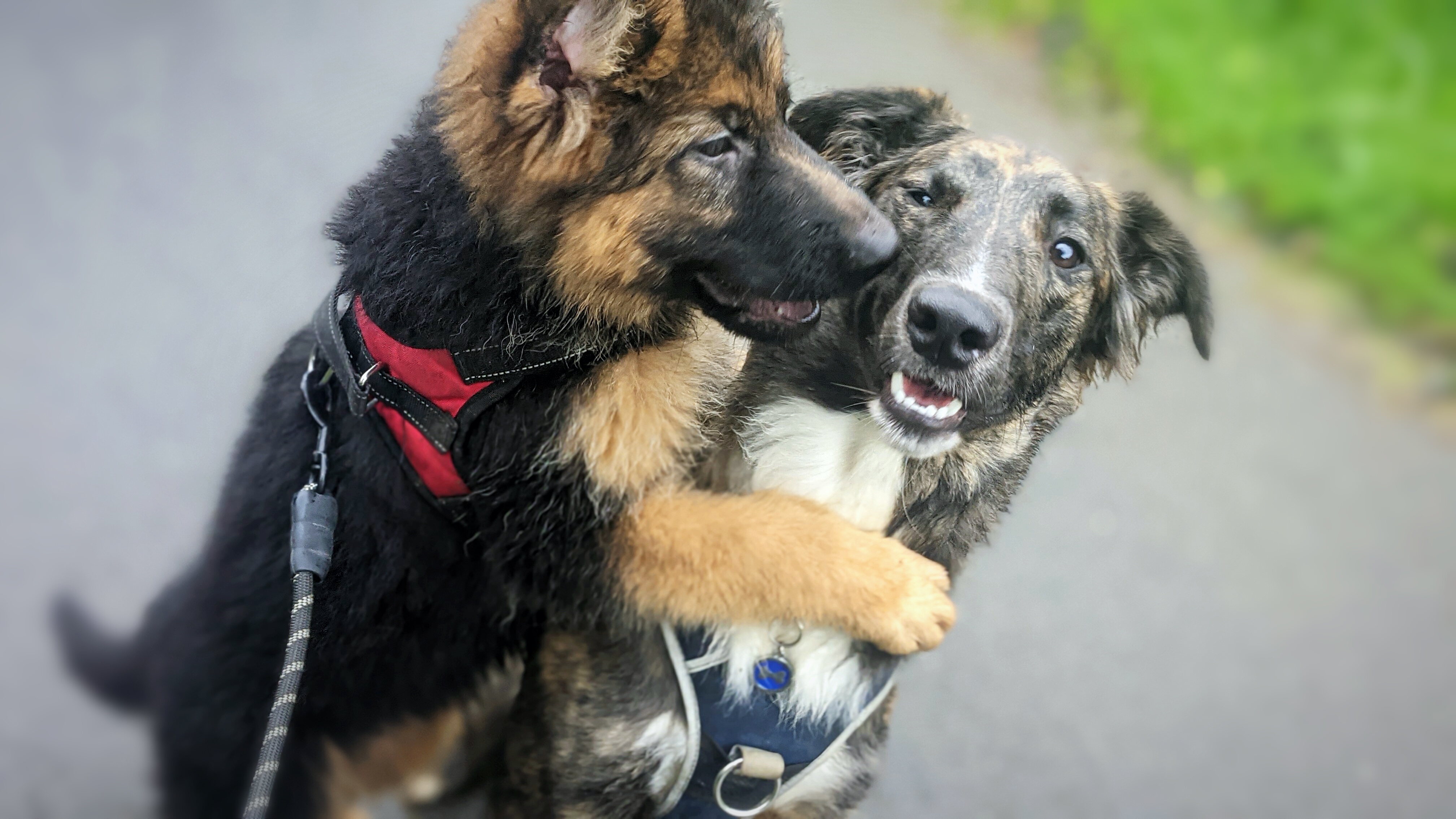National Hippopotamus Day: 15 February 2023
The hippopotamus, often shortened to hippo, is also known as River Horse as the word hippopotamus is the English translation of the Greek word for River Horse.
They are native to Africa and are considered one of Africa’s most dangerous mammals! Their bite can cut a human in two! Hippos are known for their aggressive nature, particularly in the water as they defend territories.
Hippos will mark out territory on land with their dung and even show dominance by flicking dung with their tail.

The hippo is the third largest land mammal, after the elephant and the rhinoceros (rhino). That being said, it is a semi-aquatic mammal and will spend around 16 hours a day in water. Hippos can hold their breath for 5 minutes at a time but also sleep in the water, surfacing to breathe automatically without waking.
Wild hippos have a lifespan of approximately 40 years, whereas captive hippos can live an extra decade, reaching approximately 50 years of age.
A full grown adult hippo is approximately 5 foot 2 inches in height (that’s my height!) and approximately 16.5 foot long – with females weighing in at 1,300-1,500 kg and males at 1,500-1,800 kg!
The front teeth of a hippo can grow to 1.2 foot, and the canine teeth (sometimes called tusks) can reach up to 1.5 foot!

These large, heavy animals can reach speeds of approximately 19 mph (30.6 kph) at full gallop, which is pretty impressive (in my opinion) for animals who spend most of their time in water; where they reach a maximum speed of about 5 mph (8 kph). They’re not very quick in the water as they cannot actually swim or float, but rather walk or run along the riverbed.
Hippos are herbivores (vegetarians) and will usually graze after the sun has set, due to their very thick, waterproof skin being highly susceptible to sunburn. Hippos secrete a red liquid which helps to protect them from the sun, which has led to a myth that they sweat blood!
Although populations remain steady, the hippo is classified as vulnerable on the IUCN Red List – with poaching and habitat loss being the main contributors to the decline of this species. Conservation efforts are in place to try and combat their decline.
All images are either open source, Google images, or my own – or photos donated for use by the pet owners.
If you have any questions or comments; please post a comment below, or contact Ali’s Answers via one of the social media pages:
• Instagram (@alis.animal.answers)
• Facebook (Ali’s Animal Answers)
• Twitter (@AlisAnswers)
• LinkedIn (Ali Lloyd)







































